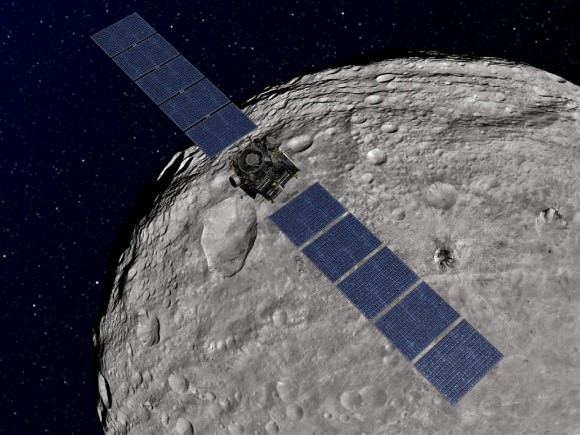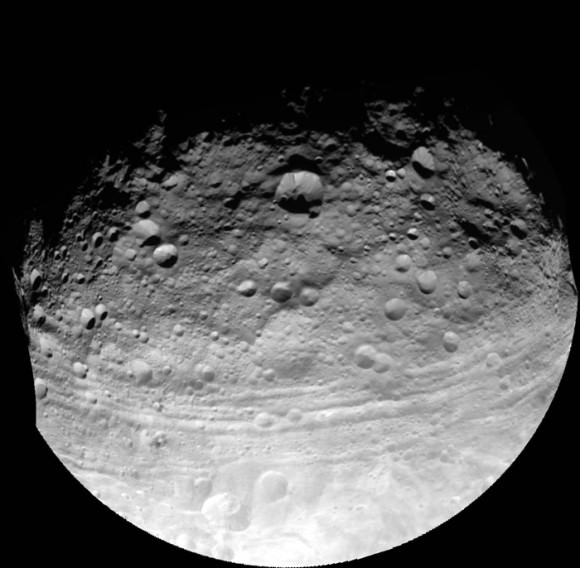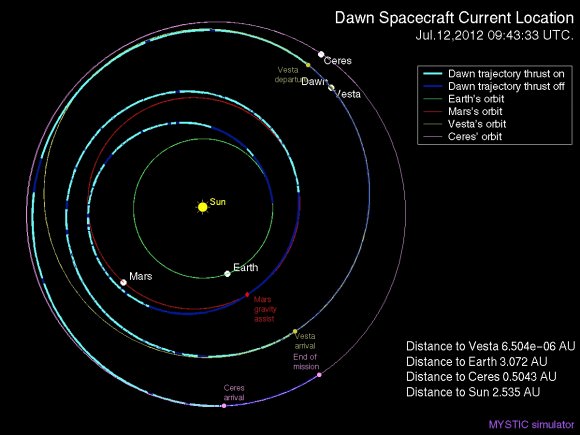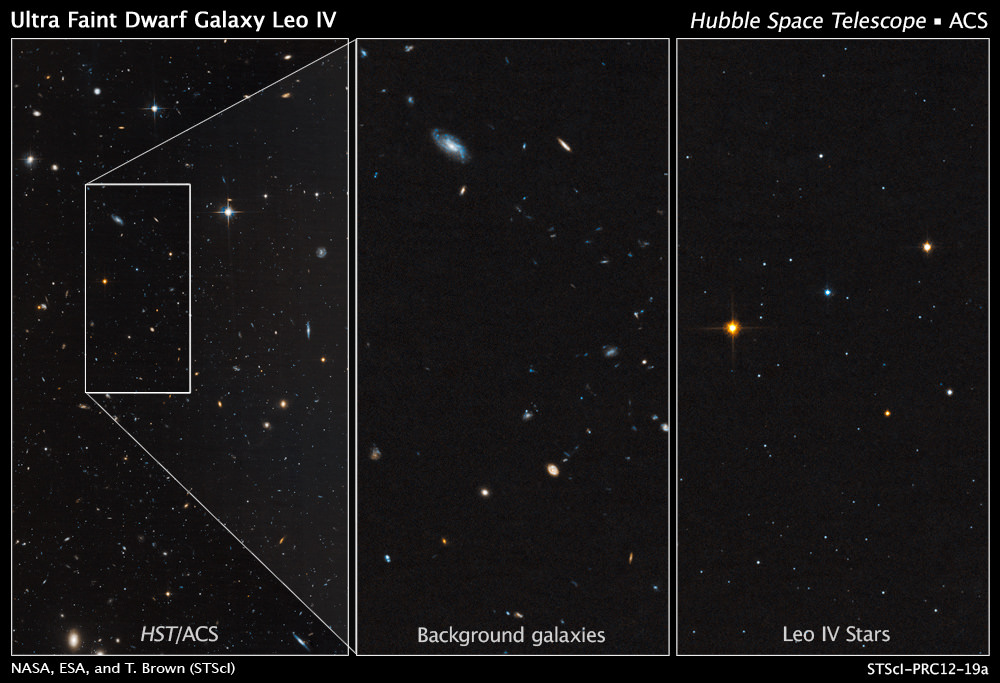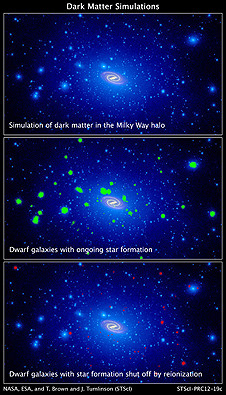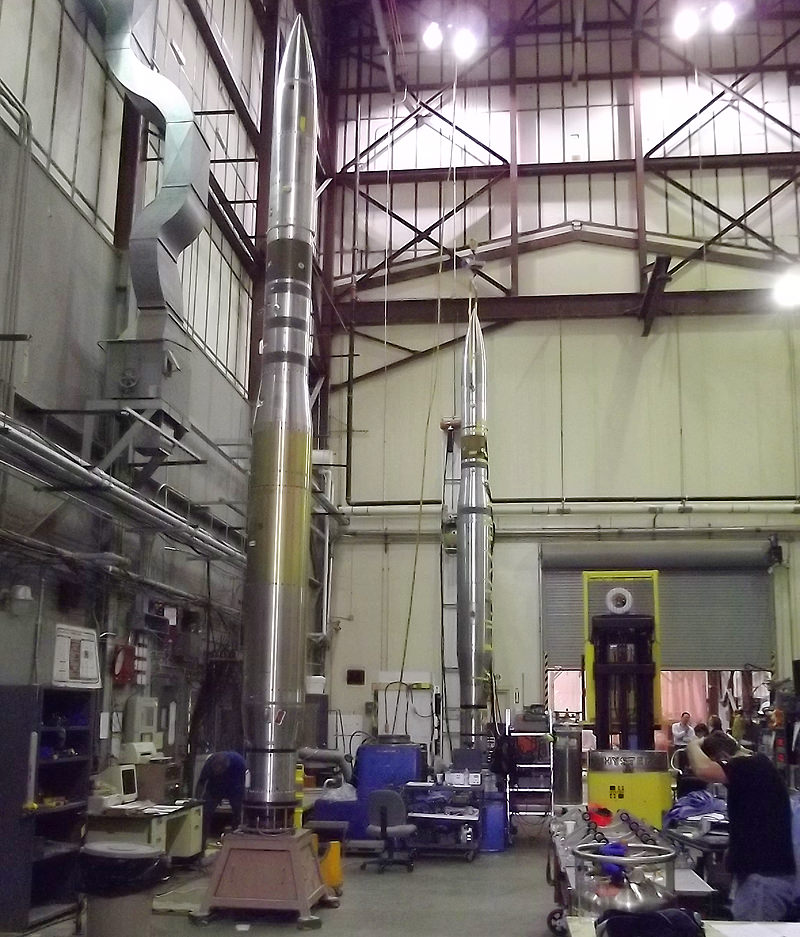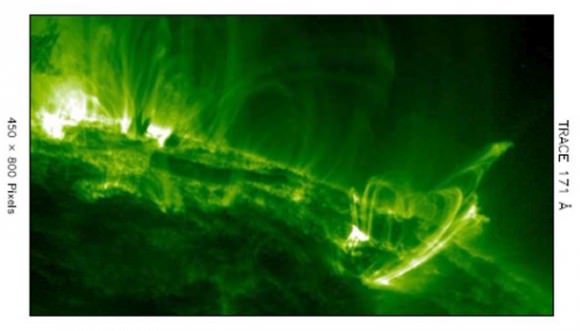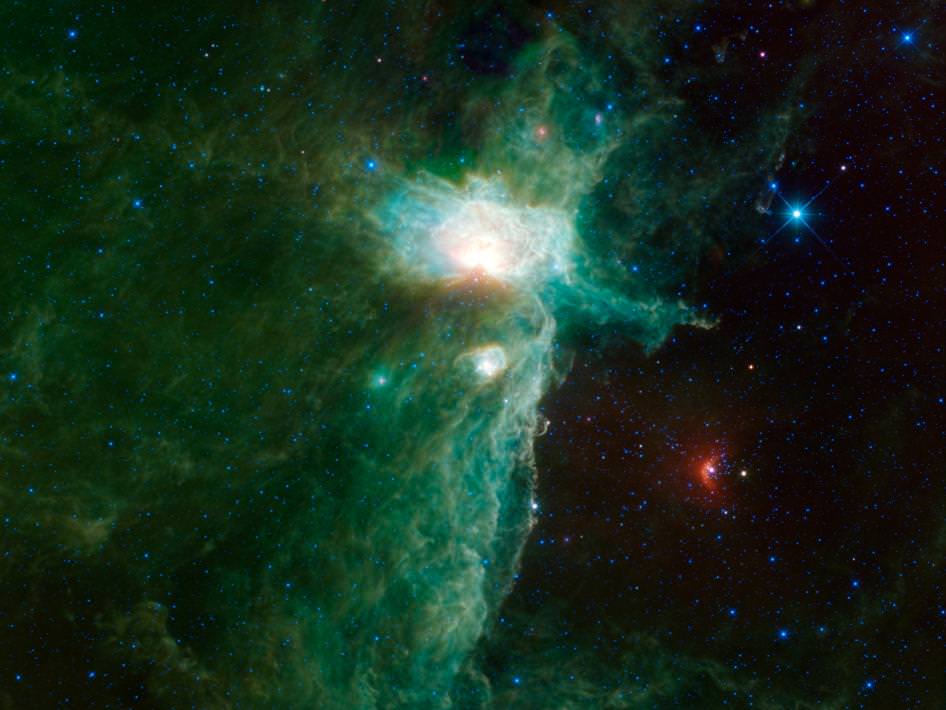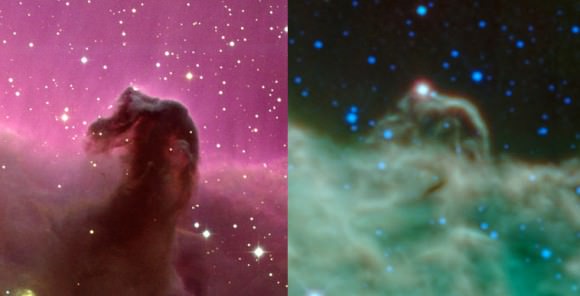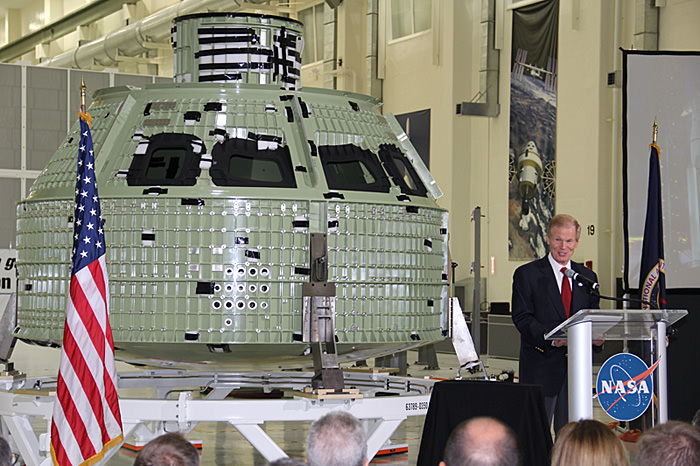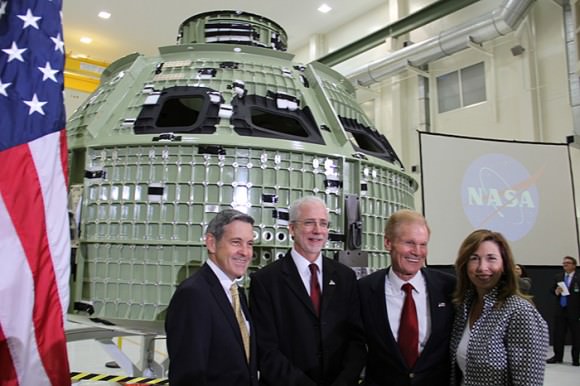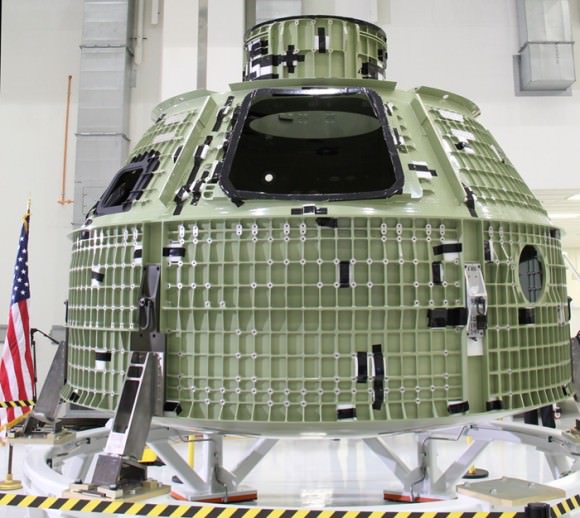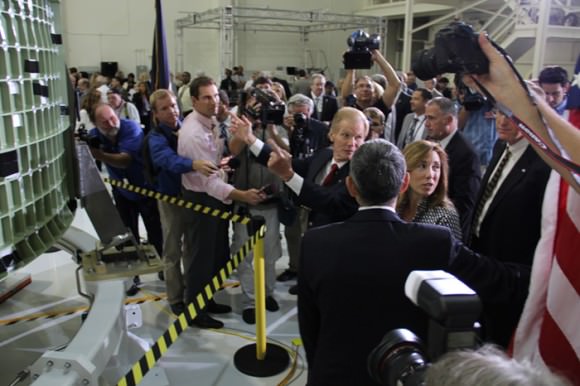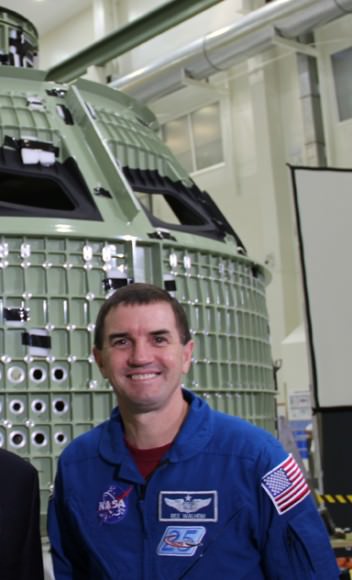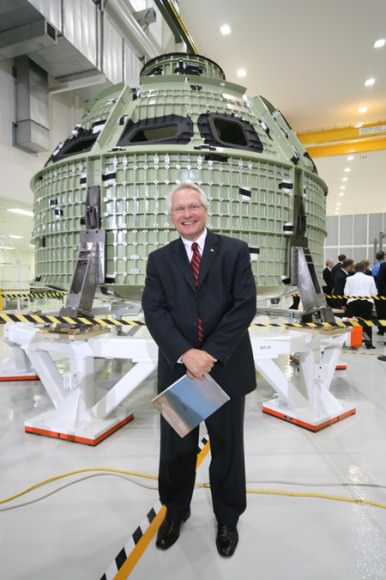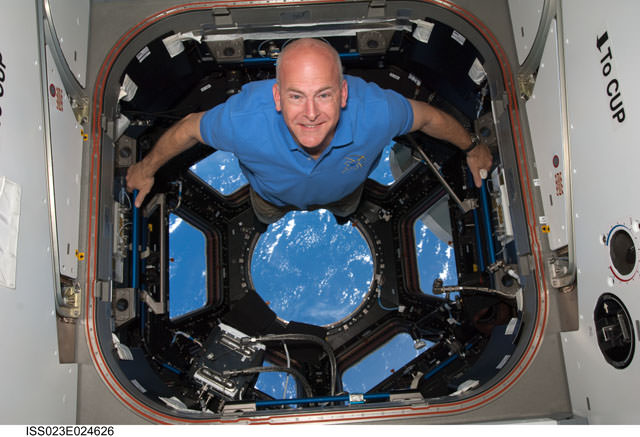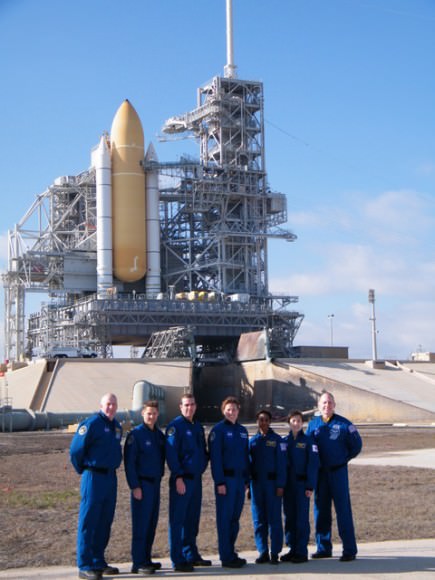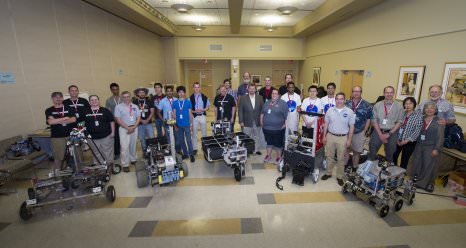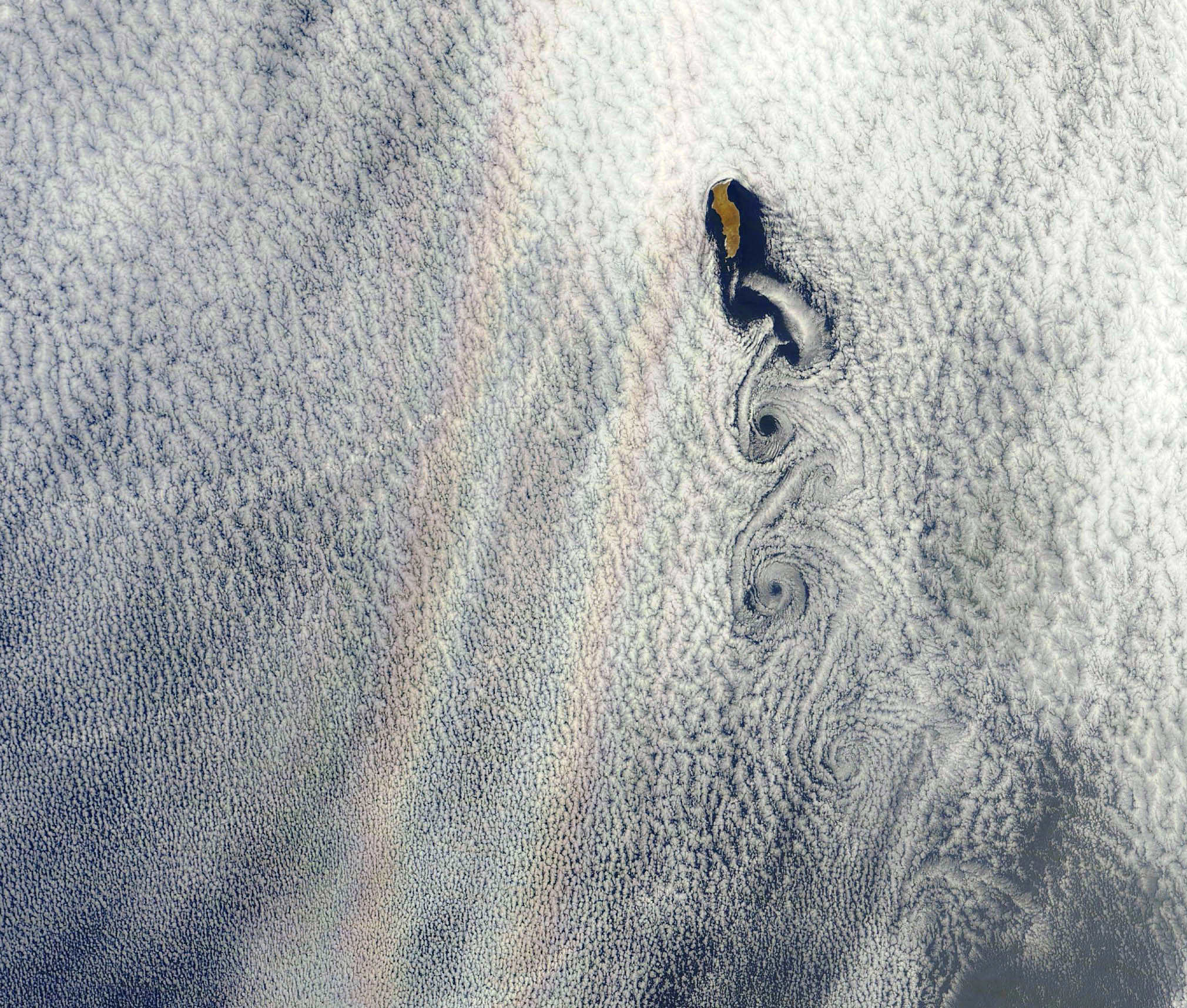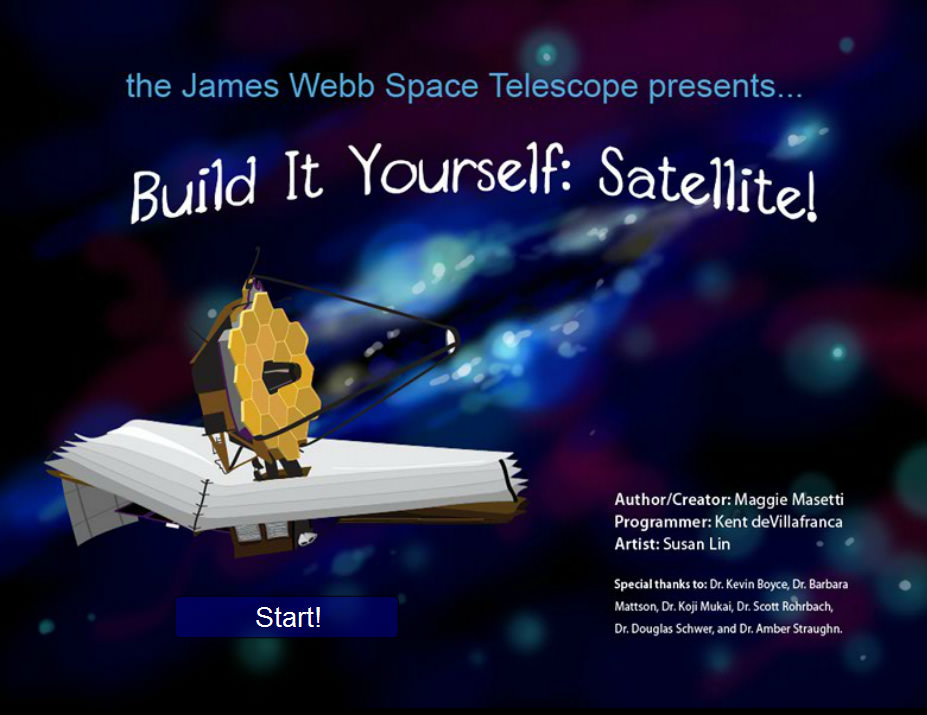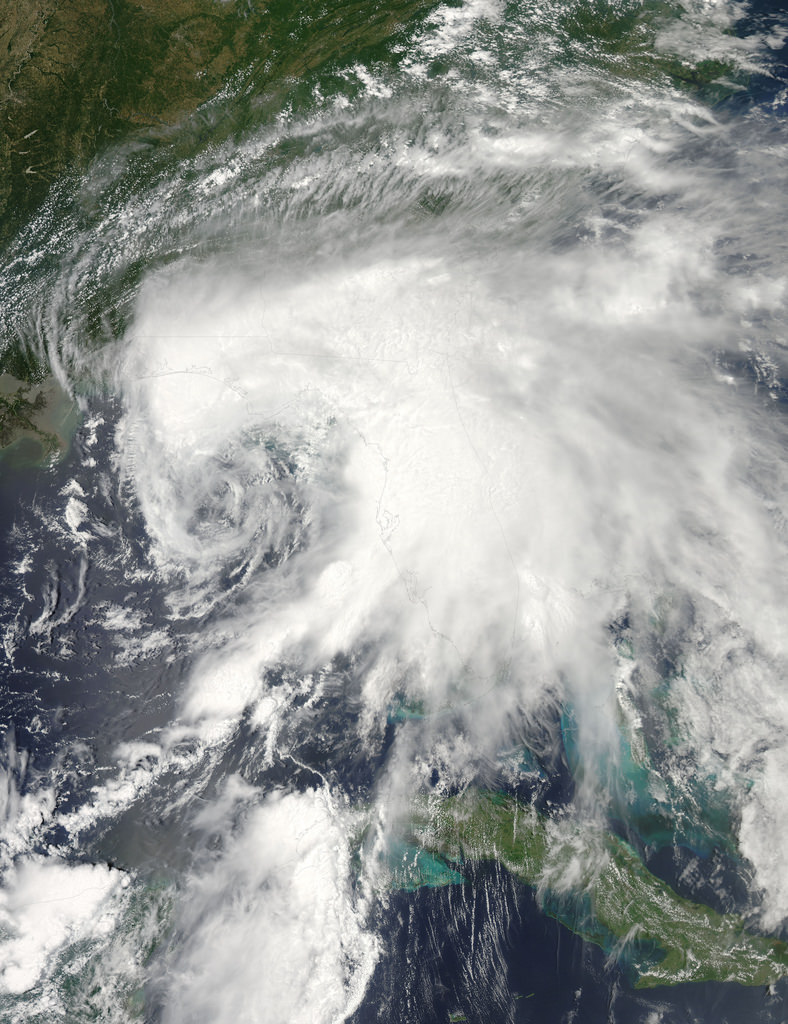Image Caption: Divalia Fossa equatorial trough at Vesta pictured in side by side images showing apparent brightness and topography. The trough encircles most of Vesta and is located just south of the equator. It is about 10 kilometers (6 miles) wide. Rubria and Occia craters straddle Divalia Fossa. The image was snapped on Oct 16, 2011 from an altitude of 700 km (435 mi) from the HAMO mapping orbit. Image Credit: NASA/ JPL-Caltech/ UCLA/ MPS/ DLR/ IDA
“NASA’s Dawn mission to Asteroid Vesta is going exceptionally well”, Dr. Marc Rayman, the mission’s Chief Engineer, told Universe Today in an exclusive interview as the revolutionary spacecraft nears the end of its more than 1 year long super science survey orbiting the giant space rock.
“The Dawn mission is not only going better than we had expected but even better than we had hoped.”
Dawn is Earth’s first mission ever to orbit and explore Vesta up close.
“We have acquired so much more data than we had planned even in late 2011! We have conducted a tremendous exploration of Vesta – the second most massive body between Mars and Jupiter, a giant of the main asteroid belt.”
“Now we are in our second high altitude mapping orbit (HAMO2), which is the final intensive campaign of the Vesta mission,” Rayman told me.
Image Caption: Dawn Orbiting Vesta above the “Snowman” craters. This artist’s concept shows NASA’s Dawn spacecraft orbiting the giant asteroid Vesta above the Snowman craters. The depiction of Vesta is based on images obtained by Dawn’s framing cameras. Dawn is an international collaboration of the US, Germany and Italy. Credit: NASA/JPL-Caltech
Indeed Dawn’s science and maneuvering endeavour’s at Vesta have proceeded so flawlessly that NASA has granted the science team a bonus of 40 days additional time in orbit split between the lower and higher science orbits known as LAMO and HAMO or the Low Altitude Mapping Orbit and the High Altitude Mapping Orbit respectively.
“Our original Vesta departure date was July 17, and now it is about August 26.” Rayman explained.
The bonus time at LAMO has already been completed. Now the team is about to begin the bonus time at HAMO – consisting of two additional mapping cycles beyond the four originally planned.
Each mapping cycle in HAMO2 consists of 10 orbits. Each orbit is about 12.5 hours.
“On July 14, we will complete mapping cycle 4 and begin 5 (of 6). On July 25 we will leave HAMO2 and escape from orbit on August 26. We will stop thrusting several times before escape to take more neat pictures, mostly of the northern hemisphere,” Rayman told me.
“As Dawn revolves, Vesta rotates on its axis beneath it, turning once every 5.3 hours.”
When Dawn arrived in orbit at Vesta in July 2011 the northern polar region was in darkness as the southern hemisphere basked in summer’s glow. Now as Dawn departs Vesta in August, virtually all of the previously unseen and unphotographed northern polar region is illuminated and will be mapped in exquisite detail.
Coincidentally on July 13/14 as HAMO2 Cycle 4 ends, I’ll be presenting a free public lecture about Dawn and NASA’s Planetary and Human Spaceflight programs at the Adirondack Public Observatory.
Image Caption: Asteroid Vesta and Mysterious Equatorial Grooves – from Dawn Orbiter. This full view of the giant asteroid Vesta was taken by NASA’s Dawn spacecraft on July 24, 2011, at a distance of 3,200 miles (5,200 kilometers). This view shows impact craters of various sizes and mysterious grooves parallel to the equator. The resolution of this image is about 500 meters per pixel. Credit: NASA/JPL-Caltech/UCLA/MPS/DLR/IDA
Why has Dawn been granted an extended mission ?
“Dawn has gone so well that we had consumed not even one day of our 40 days of operations margin,” Rayman stated .
“That allowed us to spend more time in LAMO. We had had some unexpected events to be sure, but we managed to deal with all of them so expeditiously that the entire margin remained intact. Then we received the (entirely unrelated) 40 day extension, which allowed us to leave Vesta later. That came about because of our being able to shorten the flight from Vesta to Ceres, so we could still reach Ceres on schedule in 2015.”
“That 40 days allowed us to spend still ~ 30 more days in LAMO and increase HAMO2 by 10 days to a total of six cycles. We got still more time by finding ways to make the trip from HAMO2 to escape a little more efficiently, and that’s what allowed HAMO2 to be even longer, with the additional eight days of VIR-only observations I described in my most recent Dawn Journal.”
“The summary is that every investigation has been more productive than we could have imagined, and because the exploration of Vesta has gone so well, we have been able to apply our unused margin to get even more out of the mission. It is very very gratifying and exciting.”
So we have a few more weeks to enjoy the wondrous sights of Vesta before Dawn fires up her revolutionary ion thrusters to escape the gravitational tug of Vesta and head off to the dwarf planet Ceres, the largest asteroid in the main belt of our Solar System – and which some have speculated may hold vast caches of water and perhaps even liquid oceans suitable for sustaining life.
…..
July 13/14: Free Public Lectures about NASA’s Mars, Vesta and Planetary Exploration, the Space Shuttle, SpaceX , Orion and more by Ken Kremer at the Adirondack Public Observatory in Tupper Lake, NY.


